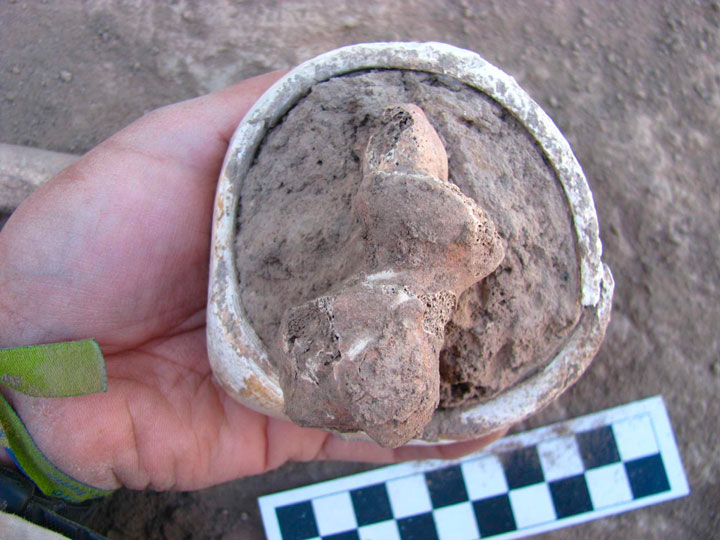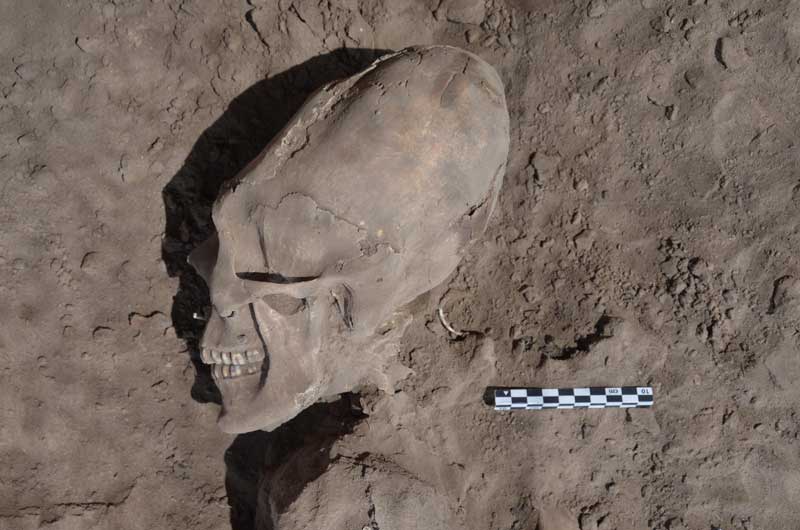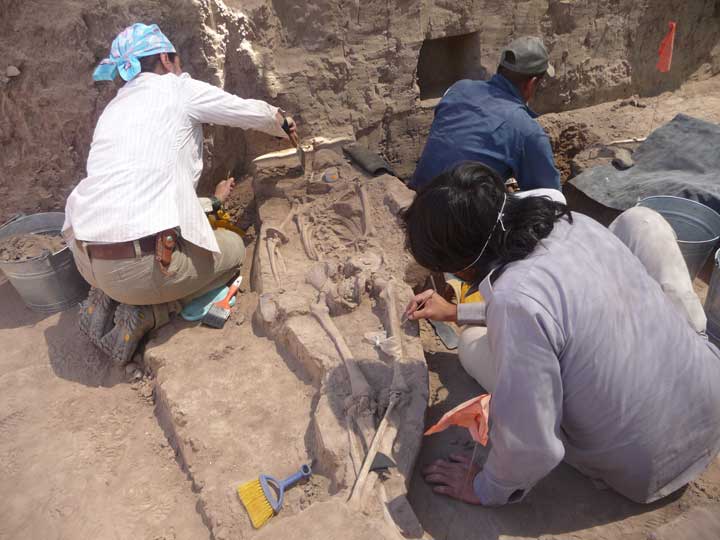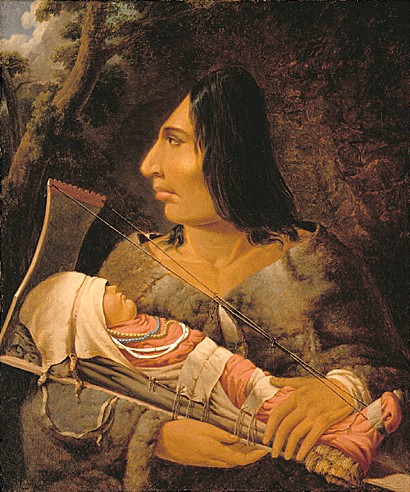In Photos: 'Alien' Skulls Reveal Odd, Ancient Tradition
North Mexico

The first evidence of deforming skulls was found in the northern Mexican state of Sonora when residents were digging an irrigation canal in 1999. [Read full story about the "alien-like" skulls]
The death of a child

Many of the burials at the site were healthy children, suggesting the process of cranial deformation may have been inept and dangerous.
Beautiful things

Some of the skeletons were found with various pieces of jewelry.
Unique customs

One of the burials included a turtle shell on the individual's chest.
Rare traditions

An up-close image of the turtle shell in the burial.
Alien-like look

It is common for people to wonder if skeletons such as these are alien rather than human. [Read full story about the "alien-like" skulls]
Ancient cemetery

The pre-Hispanic cemetery is located 300 metres from the village of Onavas, Sonora.
Get the world’s most fascinating discoveries delivered straight to your inbox.
Chinook Children

Artificial skull deformation is known to have been practiced by the Chinookan tribes of the U.S. Northwest and the Choctaw of the U.S. Southeast. Shown here, a painting by Paul Kane, showing a Chinookan child in the process of having its head flattened, and an adult after the process.
Nazca Skull

A deformed skull dating to between 200 B.C. and 100 B.C. and belonging to an individual of the Nazca culture, which flourished along the Peruvian coast.

